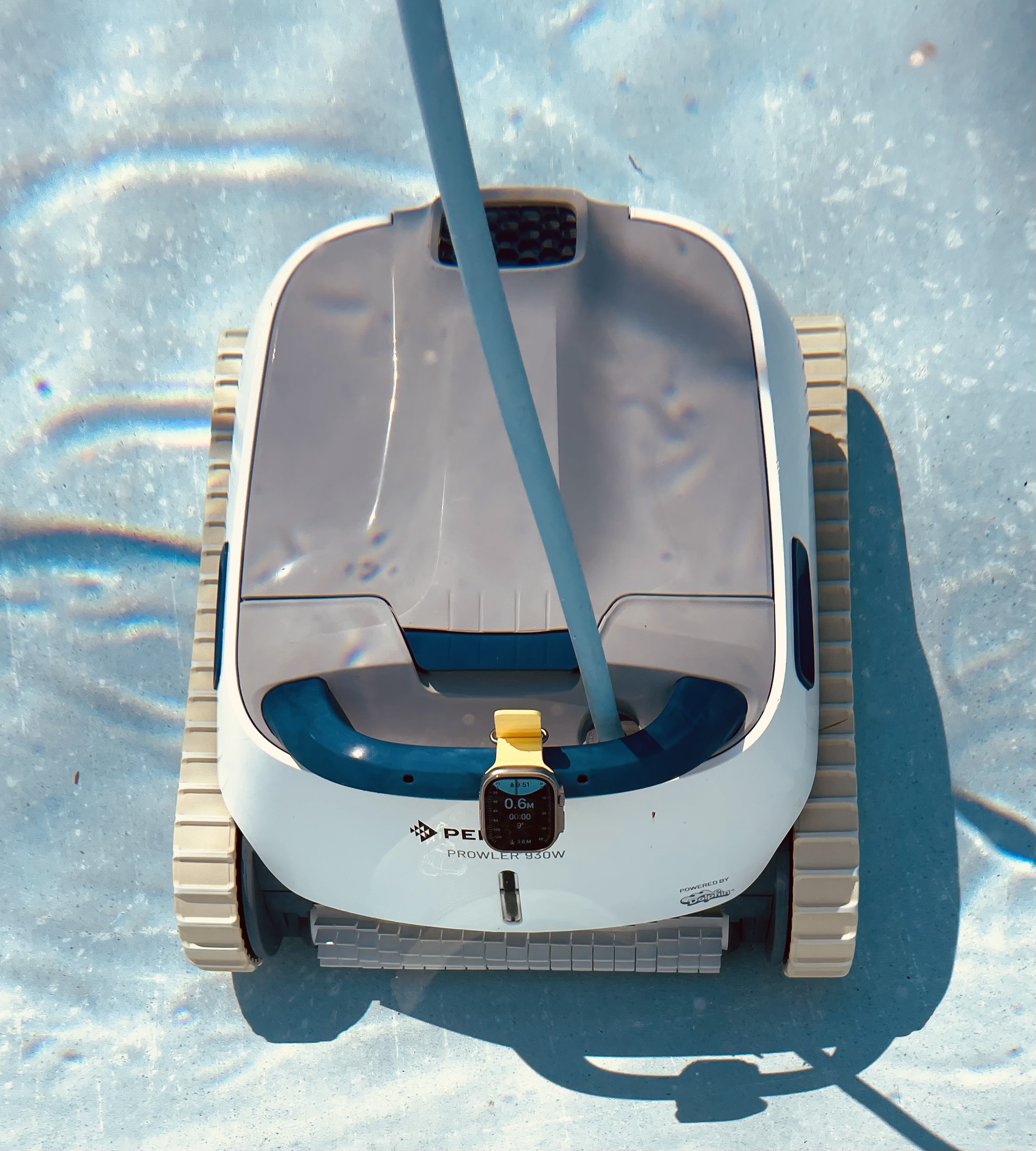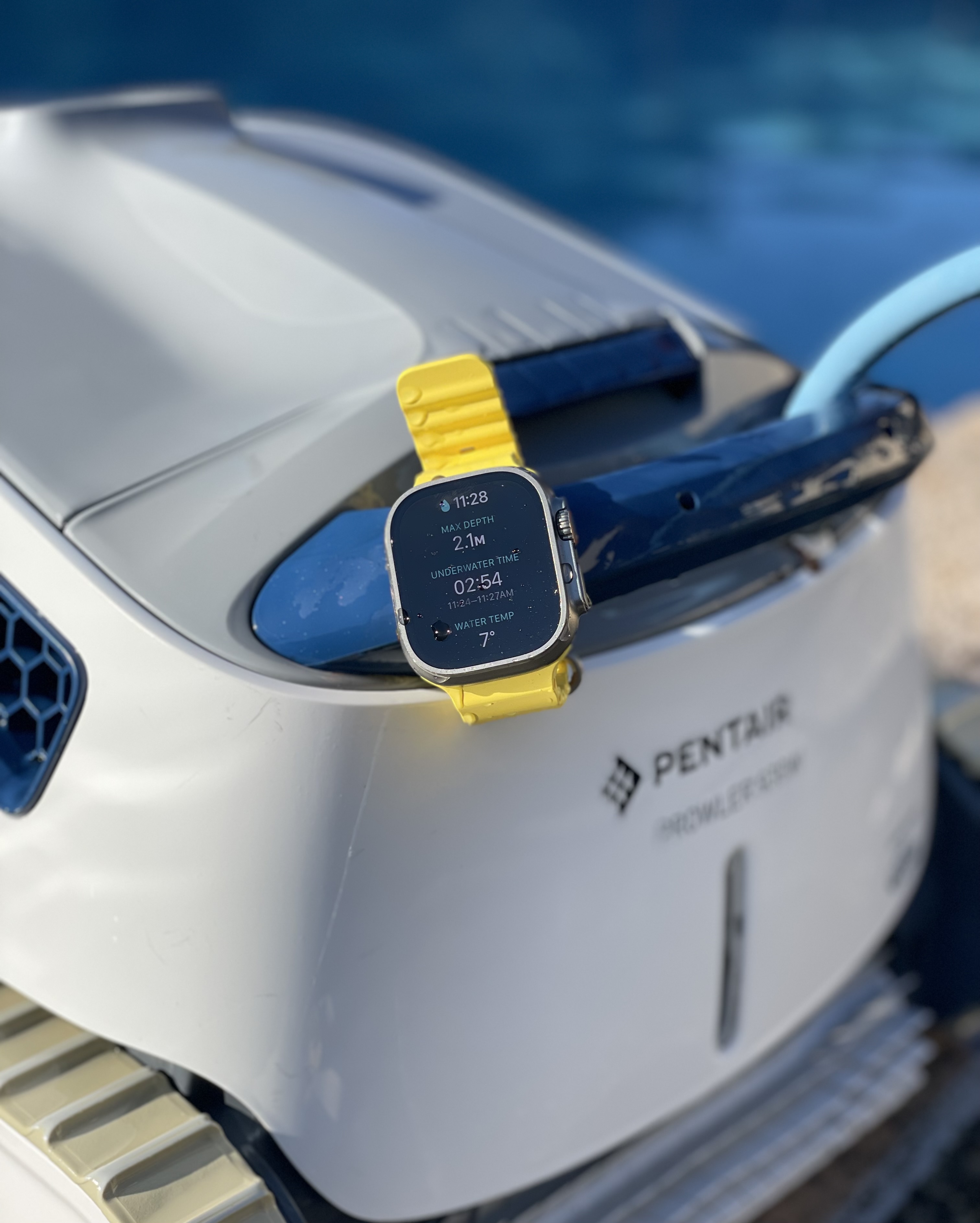About This Project
The best sensor is the one you’re already wearing.
Smartwatches contain sensors already used by scientists to study the ocean, like a GPS, barometer, and thermometer. This project aims to measure the physical properties of the coastal ocean by turning smartwatches into smart sensors. We will create an app to measure, view and share data, then test the sensors against commercially available sensors to determine if they can be used for research and monitoring the coastal ocean.
Ask the Scientists
Join The DiscussionWhat is the context of this research?
People use sensors every day to understand the world around them. Measuring water quality to understand changing ecosystems, monitoring sea level to prevent flooding, or checking weather to decide on today’s outfit. While there are networks that already exist, there is still a need to create new tools for measuring and monitoring underserved regions of the coastal ocean.
Smartwatches can be a new and powerful tool for filling these gaps. They are low-cost, already have a plethora of sensors and the necessary capacity and features for data communication and processing. All they need is the app to tap into these capabilities.
What is the significance of this project?
We are breaking down some of the largest barriers to making ocean measurements by building software around already existing hardware. This will be the first available system with more than 10 sensors for less than $900 (as compared to typical systems which range from $2000 to >$20,000). Integrating with a product that features a familiar user interface, instant connectivity and built-in accessibility makes data collection and sharing easier for everyone.
This sensor system is designed to be used in the coastal ocean, in areas where people live, work and play. This is a region with high usage and high variability, where we are testing whether smartwatches can provide accessible data needed to make real-time decisions.
What are the goals of the project?
The primary goal of this project is to determine whether the sensors on a smartwatch can be used for oceanographic research and monitoring. We will be building a smartwatch app to take and view data, then test whether the data are accurate enough for coastal ocean research and monitoring.
Our secondary goal is to increase access to ocean data. For anyone with a smartwatch, the app will be free to download on the App Store. For developers, the source code for the app will be available for download on Github.
Budget
The budget includes funds for developing software (an app) to turn a smartwatch (Apple Watch Ultra) into a smart environmental sensor.
Hardware includes the purchase of two smartwatches for software development and field testing.
Software development requires a laptop with XCode to build an app with Swift UI, as well as an Apple Developer License for submission to the App Store.
For field testing the app and watches, we include funds to buy floats and lines for throwing watches overboard, cables and solar chargers for making sure the batteries don't die, and a cellular plan for real-time data transmission and ordering post-deployment pizza.
We are committed to collaborating with the broader community by making the app Open source and accessible to anyone with a smartwatch. Publishing and outreach funds will be used for posting the Swift UI source code on Github, making the app free for download on the app store and sharing tutorials on potential uses and applications.
Endorsed by
 Project Timeline
Project Timeline
The major milestones for this project revolve around building an app, breaking it in the field, iterating, breaking it again, publishing Open source code and releasing a product on the app store.
Dec 07, 2022
Project Launched
Jan 01, 2023
Start building prototype app
May 01, 2023
Release prototype app on Github that takes and stores data
Jul 01, 2023
Share results from spring field tests
Aug 01, 2023
Release updated app on Github that has live visualizations
Meet the Team
Team Bio
Tini Scientific was founded in 2022 by Kim and Virginia. Armed with expertise in oceanography, ecology, technology and pop culture, they are creating new data sources and data pipelines with innovative low-cost sensor networks. Their mission is to transform sensor design and scale emerging technologies to address climate change as it’s happening.
Kim Martini
Fueled by a fascination with new technology and adventure, Kim has been throwing expensive s**t into the ocean for almost 20 years. She is an expert in oceanographic sensor and system design, having worked at the UW Applied Physics Lab, University of Alaska Fairbanks, NOAA PMEL and Sea-Bird Scientific. Her current focus is expanding ocean observations through system design and data delivery, finding practical solutions to challenging problems. She has collaborated with academic, industry and government scientists globally, and is a regularly invited speaker with over a dozen interviews on major news media. Kim is a trusted source of scientific information for scientists and the public.
Kim received her PhD in Physical Oceanography from the University of Washington. She also holds a MS in Physics, a BS in Physics and a BA in Fine Art from SUNY Albany. She is also a Level II Certified US Sailing Instructor.
Virginia Schutte
Virginia is an award-winning storyteller, strategist, and trainer who is unstoppably and loudly enthusiastic about how science makes life better. She decided to save the world in elementary school after she read A ring of Endless Light, with a heroine who saves sick dolphins by talking to them with her mind. While a career in dolphin telepathy ultimately didn’t work out, Virginia channeled her love of the ocean into earning an Ecology PhD in 2014. Since then, she has worked to diversify how people interact with science digitally. She has created and led digital engagement programs, designed communications and marketing strategies, and trained scientists to identify and meet their communications goals. Her expertise in telling stories using unexpected media spans platforms and includes outputs ranging from a science fashion campaign on Instagram to candidly connecting with an audience on Reddit.
Virginia received her PhD in Ecology from the University of Georgia. She also holds a BS in Biology and was a Morehead Scholar at the University of North Carolina at Chapel Hill. In addition, she holds a lapsed AAUS Scientific Diver certification (lapse caused by her 2 kids- hooray!) and a non-lapsed FFT2 qualification to work with wildland fire.
Additional Information
Which watch will you be using?
The Apple Watch Ultra. It has the most sensors out of any smartwatch on the market. And because it's designed for adventurers and divers, it's depth rated to 100 m!

What are the specs on the sensors?
Honestly, we aren't sure. But that's what we are trying to figure out when we verify against other coastal systems! Here's a roundup of approximate specs that we have found online or proof-of-concept testing.
Water Temperature: Accuracy 0.1 C, Output* 0.01 C
Underwater Depth: Accuracy 1 m, Output 0.0001
Barometer: Accuracy ??, Output 0.01 hPa
High-g Accelerometer: Accuracy ??, Output 0.1 g
High Dynamic Range Gyroscope: Accuracy ??, Output 0.0001 rad/sec
Ambient Light: Accuracy ??, Output ??. It dims the screen brightness to match external light conditions, so there is a relationship to PAR that can be extracted.
*Output is the number of decimal points output by the phone. We will determine the true resolution with testing.

Errr...Those specs aren't as good as some other commercial products?
True, but for many scientists working in the coastal ocean, they just need to measure variability rather absolute value. Lower accuracy sensors like the HOBO or the Apple Watch Ultra satisfy their needs when the signal-to-noise ratio is high.
What are the potential applications?
With that many sensors that are used in so many areas of science, the applications are endless. But here are some of our potential favorites:
- Making a temperature profile from a paddleboard.
- Measuring the height and period of waves near the beach.
- Tracking internal waves on shallow shelves.
- Monitoring fish by recording soundscapes.
- Trees wearing accelerometers.
Project Backers
- 90Backers
- 166%Funded
- $13,340Total Donations
- $148.22Average Donation





